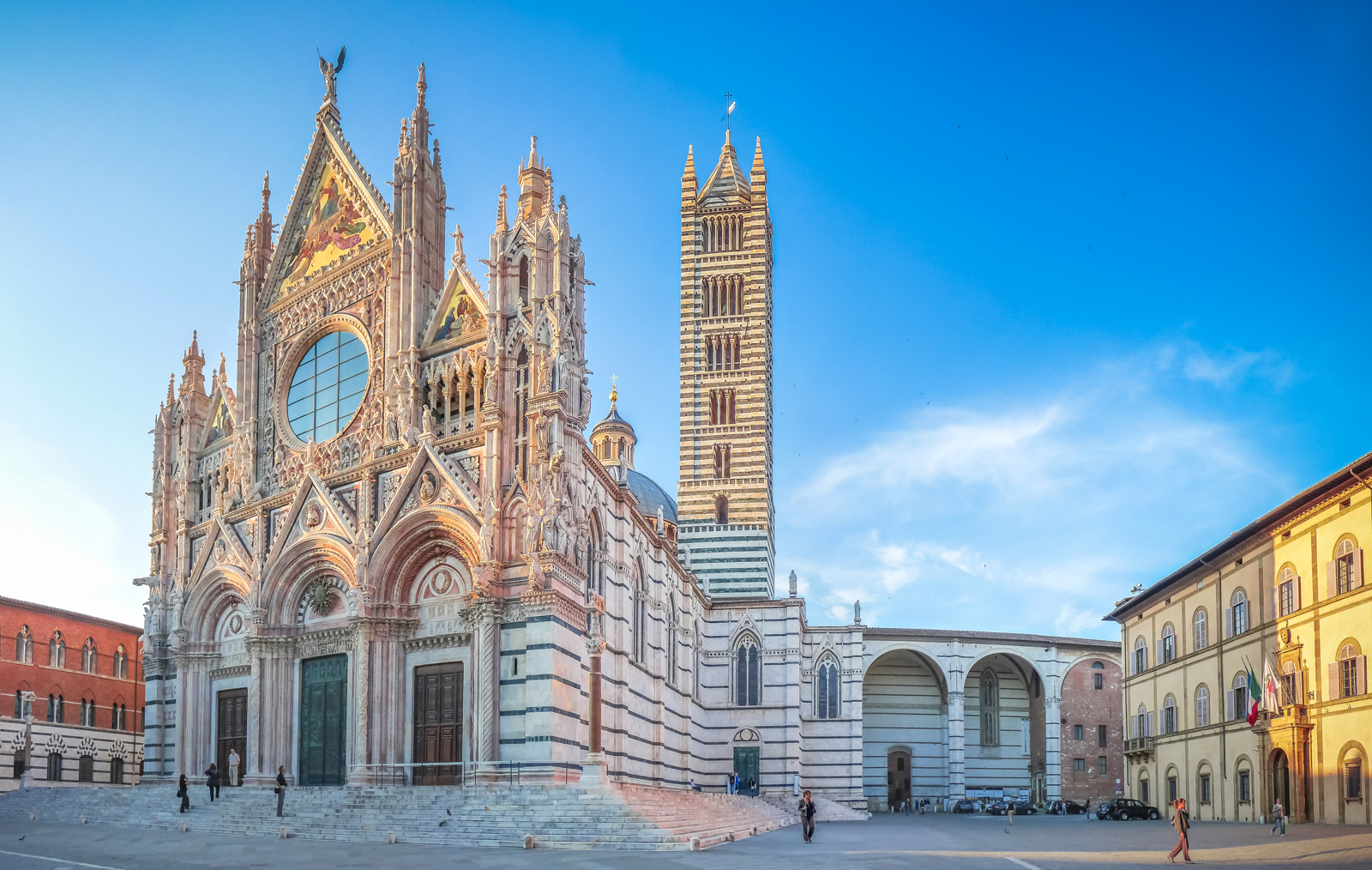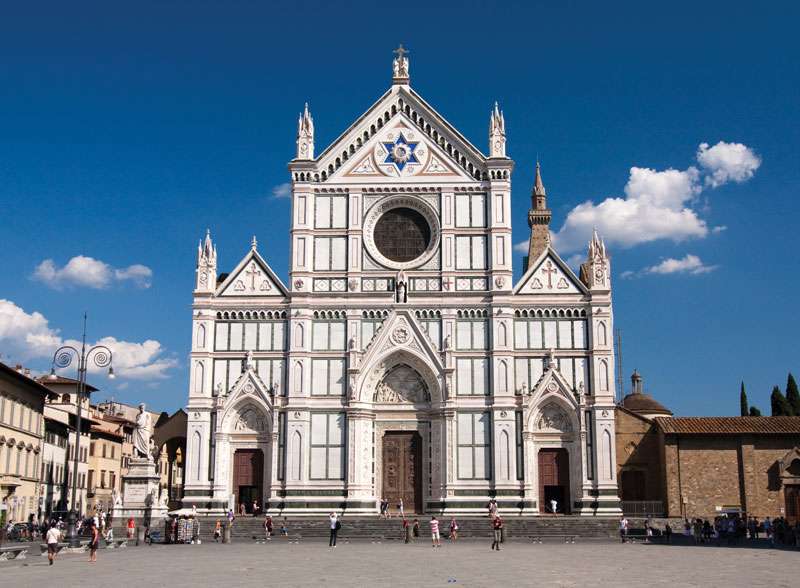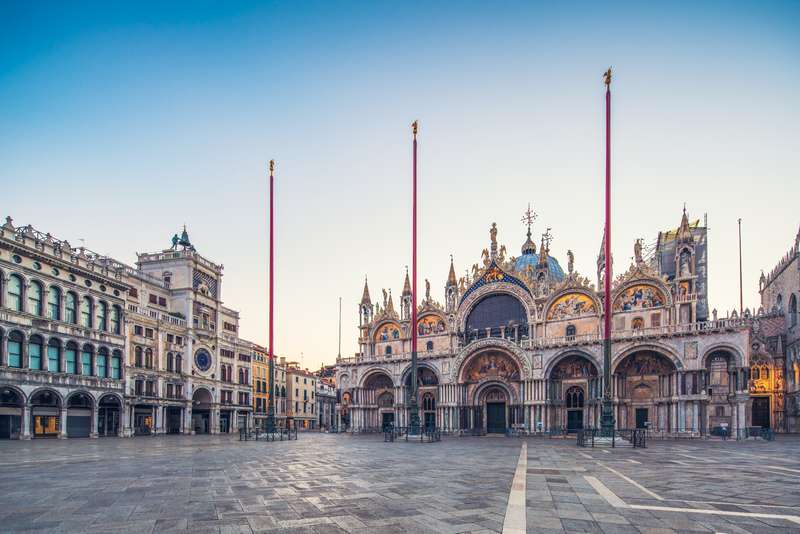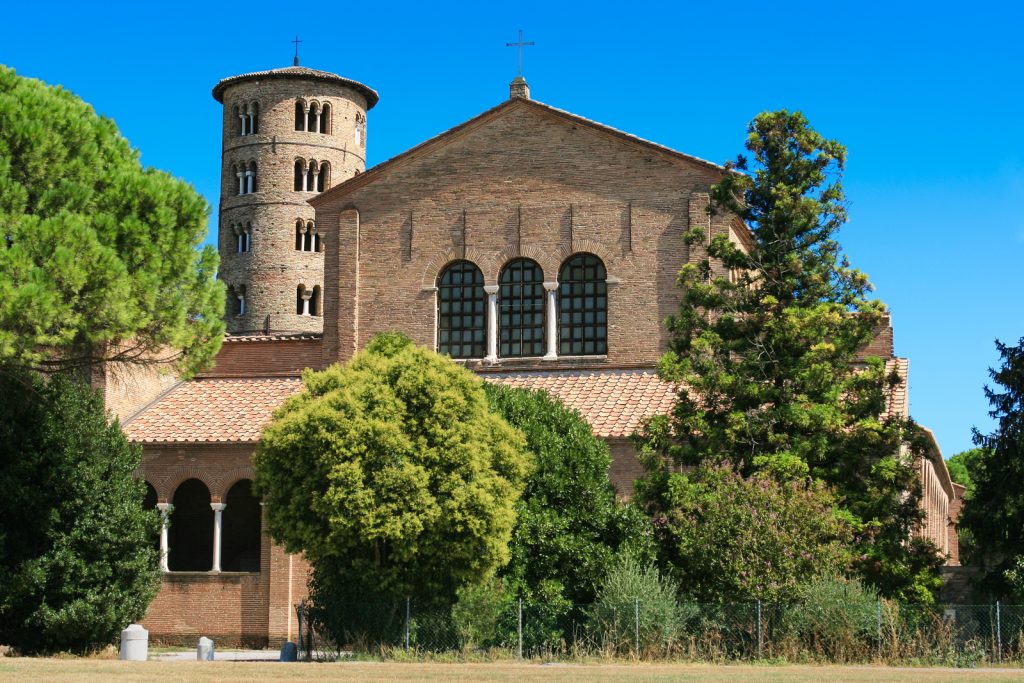These Essential Italian Churches To Visit
Italy’s rich architectural heritage includes thousands of churches built across two millennia. Earlier versions of the descriptions of these churches first appeared in 1001 Amazing Places You Must See Before You Die, edited by Richard Cavendish. Writers’ names appear in parentheses. Let find out These Essential Italian Churches To Visit.
Contents
These Essential Italian Churches To Visit
Basilica of St. John Lateran
The first and oldest among the great patriarchal basilicas of Rome, St. John Lateran San Giovanni in Laterano rests on what used to be the palace of the Laterani family, whose members served as administrators to several emperors. About 311 it came into the emperor Constantine’s hands. He then gave it to the church, and in 313 the church hosted a council of bishops who met to declare the Donatist sect as heretics. From then on, the basilica was the centre of Christian life in the city, the residence of popes, and the cathedral of Rome. The original church was probably not very large and was dedicated to Christ the Saviour.
It has been rededicated twice once in the 10th century to St. John the Baptist and again in the 12th century to St. John the Evangelist. In popular usage, these subsequent dedications have overtaken the original, though the church remains dedicated to Christ, like all patriarchal cathedrals. In 1309, when the seat of the papacy was moved to Avignon in France, the basilica began to decline. It was ravaged by fires in 1309 and 1361, and, although the structure was rebuilt, the original splendour of the building had been destroyed. Because of this, when the papacy returned to Rome, the Palace of the Vatican was constructed as the new papal seat.
Basilica of the Holy Cross
In 13th century Florence the Dominican and Franciscan religious orders grew increasingly powerful and became major rivals. The Franciscans advocated a mystical, personal faith, while the Dominicans were more rational and philosophical. Each order’s churches reflected their rivalry. The Franciscans built the Basilica of the Holy Cross Basilica di Santa Croce on the site of an earlier church one that had supposedly been founded by St. Francis of Assisi himself. It is a massive building, laid out in a series of simple large rectangular shapes.
Originally, the church was quite restrained in its internal and external decoration, but it now contains art by a number of famous painters and sculptors, including Giotto and Donatello. The church also houses many famous graves, including that of Michelangelo, who, according to legend, wanted his tomb designed by Giorgio Vasari placed directly to the right of the church entrance so that the first thing he would see on Judgment Day was the dome of the Duomo through Santa Croce’s doors. Opposite Michelangelo is Galileo, buried there in years after his death. Niccolò Machiavelli and Lorenzo Ghiberti lie inside the church.
San Marco Basilica
Legend has it that in the early 9th century, two merchants, named Buono of Malamocco and Rustico of Torcello, stole the body of St. Mark from Alexandria in Egypt and carried it back to Venice. Rather than presenting their saintly burden to the head of the Venetian church, they gave the body to the head of the Venetian government, the doge, thereby connecting St. Mark forever to the state. The doge ordered the construction of a church to house the saintly remains, which were placed in a temporary shrine within the Doges Palace.
A church was completed in 832 but was destroyed by fire in a rebellion in 976. It was later rebuilt, forming the basis of the present basilica, which was begun in 1063. The new church became the official chapel of the doge and, by the 15th century, was joined to the Doges Palace. The church is immediately recognizable, with its main and subsidiary domes echoing the well known form of earlier Byzantine churches and showing influences from Constantine’s Church of the Apostles in Constantinople. That is once of These Essential Italian Churches To Visit.
Basilica of Sant’Apollinare in Classe
The Basilica of Sant’Apollinare in Classe is one of the best preserved and most important early Christian churches in Italy. Like the church of San Vitale, it was erected with funds provided by the wealthy patron Julianus Argentarius following the commission of Bishop Ursicinus, and it was consecrated in 549 by the archbishop Maximian. That is once of These Essential Italian Churches To Visit.
Its construction took place during a period of major political upheavals in Europe: the fall of the western half of the Roman Empire in 476, the recapture of Italy from the rule of the occupying Goth tribes, carried out by the Eastern emperor Justinian between 535 and 552, and the Lombard invasion in 568. At that time, Ravenna was the capital town of the peninsula and therefore one of the main cities of Italy.







